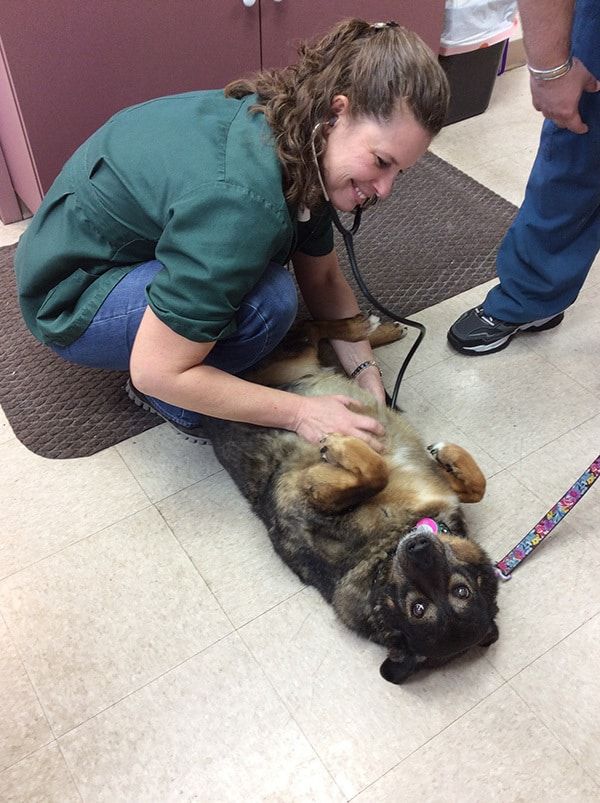The Problem with Cats
Did you know there are more households in the United States that own cats than dogs? Despite that, most small animal veterinary patients are made up of 60-70% dogs and 30-40% cats. What does that mean? Lots and lots of cats don’t get routine veterinary care.
The problem has many layers that create barriers to cats getting the care that they need. Cat owners, veterinarians and the cats themselves are all to blame. Let’s face it, it can be traumatic on all involved to bring your cat to the vet.

Cat make fairly easy pets. They’re independent and don’t need to go out to go to the bathroom. They mostly take care of themselves. You can go away for a long weekend without needing a kennel or a pet-sitter. Many cat owners generally aren’t as emotionally bonded to their cats as they are their dogs and a result and are less likely to notice problems starting. To worsen the issue, signs of health problems are always less obvious and more subtle in cats than in dogs. If you aren’t watching cats very closely, it will be challenging to notice problems until they are more significant.
Even though we view cats as less needy, they have similar requirements for exercise, mental stimulation and human interaction to what we expect in dogs. They need playtime, engagement, and interesting things to do. They also generally don’t like change – food, other pets or humans in the house, a trip to the vet, etc. Historically veterinarians have not focused enough on cats or educated cat owners effectively.
Cat health issues are somewhat different than dogs, but similar in many ways. They have issues with obesity, dental disease, anxiety and behavior, allergies, arthritis, and geriatric problems. We would never expect a dog to cooperate with us without training, yet we don’t think of cats as trainable. They are. So are we.
If you have a cat in Clarksburg, Urbana, Monrovia, Ijamsville, Boyds, or Germantown who has not seen a veterinarian in more than a year, watch our posted videos on easing the transport process through training. Bring them in to see a veterinarian. Discuss all your concerns even if you think “that’s just what cats do”. The vomiting and inappropriate urination that many attribute to “normal” or “spiteful” cat behavior is well rooted in true medical problems. The best part of that is that we can do things to diagnose and treat the problem so that it stops or happens less often!
Give us a call, bring your cats and open the discussion so we can get cats the are they truly need. As a bonus, it will all save you money in September.





